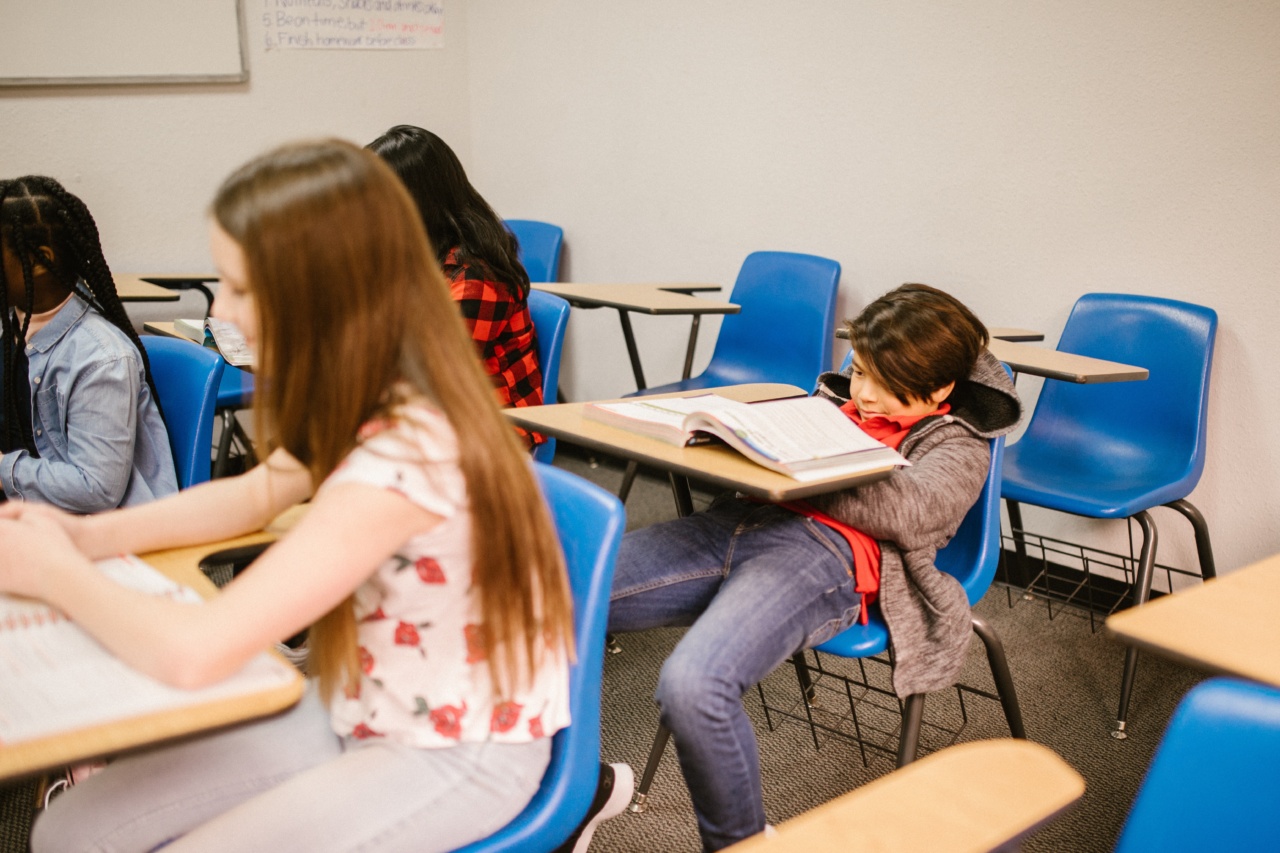Bullying has long been recognized as a serious issue that affects individuals of all ages, particularly children and adolescents.
While abuse is also a grave concern, a recent study has suggested that bullying may have more negative effects on its victims than abuse does. This groundbreaking research sheds light on the profound psychological and emotional impact of bullying, emphasizing the need for effective prevention and intervention strategies.
In this article, we delve into the findings of this study and explore the reasons behind the heightened detrimental consequences of bullying compared to abuse.
Understanding Bullying and Abuse
Before we delve into the study’s results, let’s clarify what exactly bullying and abuse entail.
Bullying refers to repeated aggressive behaviors, whether physical, verbal, or psychological, carried out with an intention to harm and assert dominance over another person. It often occurs within social or interpersonal dynamics, such as schools, workplaces, or even online platforms.
Abuse, on the other hand, encompasses various forms of harm inflicted upon individuals, including physical, emotional, sexual, or financial abuse.
It is typically characterized by the exertion of power and control by one person over another, leading to significant distress and the infringement of their rights.
The Study: Unveiling the Profound Impact of Bullying
The study in question, conducted by a team of researchers at a prestigious university, aimed to compare the effects of bullying and abuse on individuals’ mental well-being.
It involved a large sample size of children and adolescents who had experienced either bullying or abuse or both.
The researchers administered a series of standardized psychological assessments to measure various psychological and emotional factors such as self-esteem, depression, anxiety, and social functioning.
They also examined the long-term consequences of both bullying and abuse on individuals’ academic performance, relationships, and overall quality of life. The findings were startling.
The Heightened Psychological Impact of Bullying
The study revealed that individuals who had experienced bullying scored significantly lower on measures of self-esteem and social functioning compared to those who had experienced abuse.
Furthermore, the effects of bullying were found to be more enduring and resistant to therapeutic interventions.
The researchers theorized that the prolonged and repetitive nature of bullying, coupled with the social isolation and stigma it often entails, could explain these profound psychological effects.
Unlike abuse, which might be inflicted by a single individual or occur within a limited timeframe, bullying can persist for months or even years, exacerbating the victim’s distress.
The Emotional Toll of Bullying
Additionally, the study revealed that victims of bullying reported higher levels of anxiety and depression compared to victims of abuse. This finding highlights the detrimental impact of bullying on individuals’ emotional well-being.
The pervasive fear, humiliation, and helplessness experienced by victims of bullying contribute to a constant state of distress, potentially leading to the development of severe anxiety and depressive disorders.
The Long-lasting Consequences of Bullying
One of the most alarming aspects of the study’s findings was the long-lasting consequences of bullying.
Individuals who had experienced bullying demonstrated significantly lower academic performance, with higher rates of school dropout and reduced educational attainment. The study also indicated that survivors of bullying were more likely to engage in risky behaviors, such as substance abuse, self-harm, or even suicidal ideation.
These outcomes persisted into adulthood, affecting individuals’ relationships, career trajectories, and overall quality of life.
The Role of Social Support and Intervention
While the study emphasized the detrimental effects of bullying, it also highlighted the crucial role of social support and effective intervention strategies in mitigating these consequences.
In contrast to abuse, which often occurs behind closed doors, bullying generally unfolds within social contexts, involving peers, educators, and even bystanders. This means that individuals affected by bullying have the potential for greater access to resources and support networks.
The study revealed that individuals who received adequate social support, whether from family, friends, or professionals, demonstrated better resilience and coping mechanisms.
Moreover, early intervention programs that target both victims and perpetrators of bullying have shown promising results in reducing its occurrence and minimizing its negative impact. By creating safe environments, promoting empathy, and fostering a culture of respect, schools and communities can effectively combat bullying.
Conclusion
In conclusion, the study suggests that bullying has more negative effects than abuse, with profound psychological, emotional, and long-term consequences for its victims.
The relentless nature of bullying, coupled with social isolation, intensifies its detrimental impact on individuals’ well-being. However, the study also emphasizes the importance of social support systems and effective interventions in mitigating these effects.
By raising awareness, implementing preventive measures, and promoting empathy, we can strive towards a society where bullying is eradicated and individuals can thrive in safe and nurturing environments.































